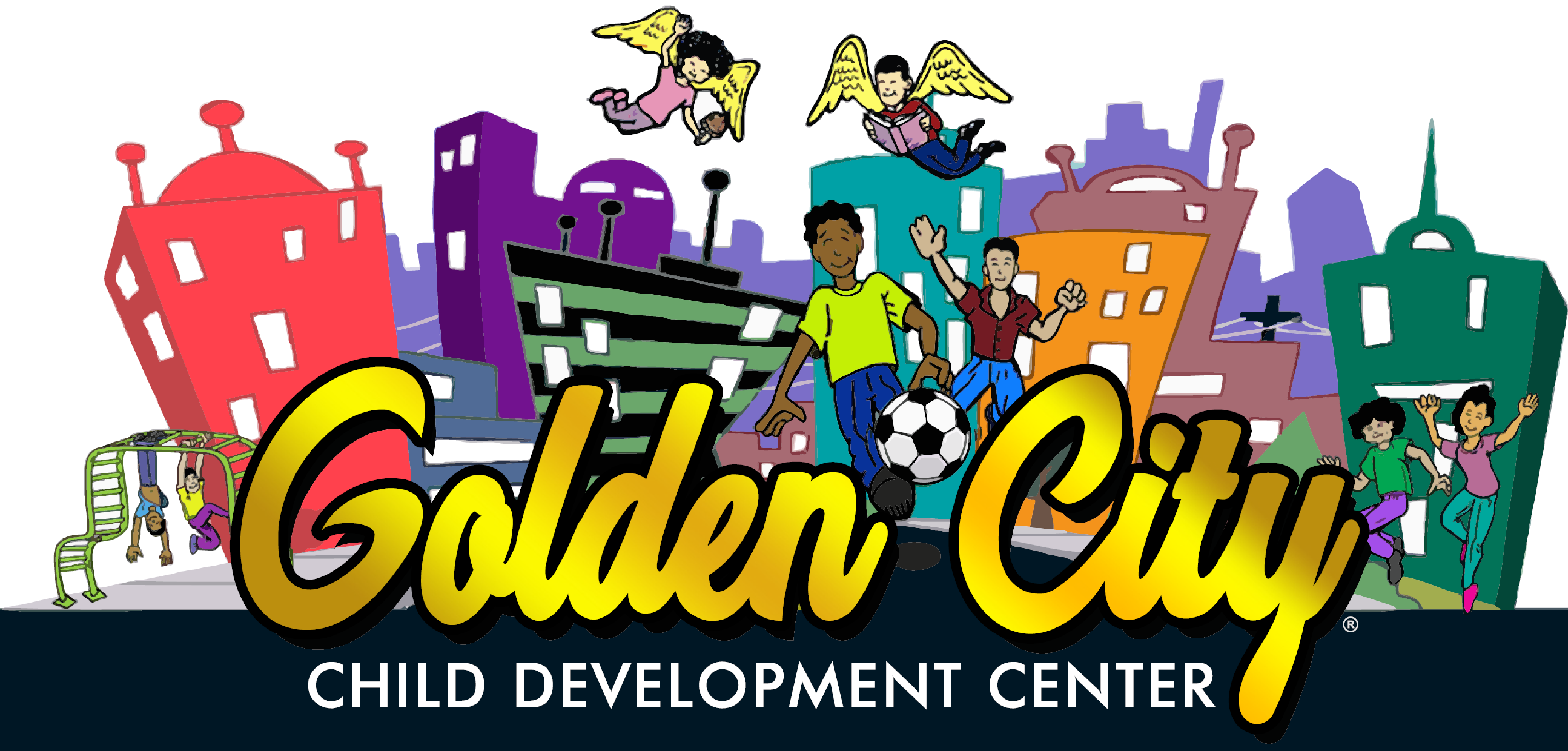Throughout our school community, we share a commitment to fostering a culture where differences are valued, and interactions are free of bias. At Golden City C.D.C., Inc. , we are committed to developing the whole child including their unique identities, abilities, backgrounds, and points of view. It’s part of fulfilling a vow we’ve made to make a difference and have a positive impact. We want our employees, teachers, and each child in our care to be comfortable sharing their authentic self. That’s why it is important for us to ensure a wide range of diverse voices are recognized and represented.
Together, we work hard to celebrate diversity, embrace our community, and create a sense of belonging where everyone thrives.
Here, teachers create bonds that nurture confidence and a lifelong love of learning. As part of our mission to cultivate a welcoming community, our educators and caregivers model kindness and empathy. Every child deserves to feel safe, represented, and accepted in an inclusive environment that includes:
• Diverse classrooms, vital to learning.
• Engaging, educational experiences.
• Spaces that reflect our diverse communities.
To accomplish that commitment and acknowledge our vital role in shaping the next generation, we are proud to embrace Reflecting Our Communities™, a program about the diversity of the world around us. Through this initiative, we will creatively share different perspectives and talk about the importance of respecting the unique qualities of each person and family.
Reflecting Our Communities includes two primary intention:
1. Encouraging children to share their family culture and traditions with each other.
2. Sharing the beauty and diversity of the world around us.
In our classrooms, we’ll accomplish this educational exploration in a few ways:
• Engaging, collaborative activities.
• Visual posters and photo cards
• Intentional use of music selections
No matter how little your child is, you have big dreams for their future. So do we. At the heart of it all is making sure they grow up to be happy, show kindness to others, and make the world a better place.
Children of all ages are able to learn how to practice empathy, compassion, and understanding. And everything they do—from reading books and making art to even having lunch—can be experienced through an inclusive lens.
Browse through this page to learn how we approach educating early learners on the fundamentals of acceptance, how we celebrate differences in our classrooms, and how we honor diversity in our community. You’ll also find resources and ideas for practicing inclusion and compassion at home.
At Golden City we welcome opportunities to build understanding and knowledge of people around the globe, and in our own communities. In addition to celebrating traditional American holidays, like Christmas and New Year’s Day, we also recognize heritage months throughout the year to build stronger connections that present opportunities to practice empathy, compassion and inclusion. See below for some examples of how to bring some of these learnings home all year long!
• Martin Luther King Jr. Day
• February is Black History Month
• March is National Women’s History Month
• International Women’s Day
• April is Arab American Heritage Month
• May is Asian American and Pacific Islander Heritage Month
• Juneteenth
• Hispanic Heritage Month
• July is for Disability Pride
Teaching empathy, compassion and understanding to kids is much easier than you think! In fact, you may be doing a lot of it already. Click through the tabs below to get more ideas on how to bring these important lessons home!
Babies And Toddlers
IT’S NEVER TOO EARLY TO LEARN ABOUT UNDERSTANDING AND INCLUSION!
Babies begin to notice physical differences in others by three months of age. So, take this early opportunity to start small. The lessons they learn now will build on new ones as your child grows, helping them develop a foundation for empathy, compassion, and understanding.
Preschoolers
IT’S NEVER TOO EARLY TO LEARN ABOUT UNDERSTANDING AND INCLUSION!
Now that you’ve planted the seeds of acceptance with your child (check out our Babies and Toddlers tab for more info), they’re ready to practice looking at everyday moments from other points of view.
Exposing your child to new experiences lays the foundation for empathy and compassion. Then, you can take the learning even further by talking with your kids about these experiences and relating them to the teachable moments that arise in your daily lives.
School-Age
INVOLVE OLDER CHILDREN IN CONVERSATIONS ABOUT FAIRNESS AND JUSTICE.
School-age kids are all about flexing their independence and expressing their individuality. You can open your elementary-schooler’s mind by encouraging them to reflect on where they see things that are unfair or unjust to help them better understand other people, perspectives, and cultures.
Talking about fairness and justice is a hot topic at this age (which is why you might hear “That’s not fair” more often)! That makes these concepts easy for them to relate to.
In The Workplace
Kids aren’t the only ones learning at Golden City! Education is a lifelong journey, and we are committed to learning about and creating diverse, equitable, and inclusive spaces for all of our employees. In addition to leaning in and listening to our employees, as well as honoring their experiences, we’re working on taking meaningful steps forward in our journey in ways that benefit our students, families, employees, and the communities where we work and live.
We believe our strength comes from the diversity of our team members and their unique perspectives. We take great pride in cultivating and supporting a work culture where inclusion, diversity, and equity are valued as a fundamental layer of our success. It’s a philosophy infused at every level, from our corporate offices to our classrooms. The result is a safe, inclusive environment where all team members thrive. Education and diverse training opportunities then allow that commitment to reach our children, their families, our educators, and support staff.
Together, we will have great impact.

